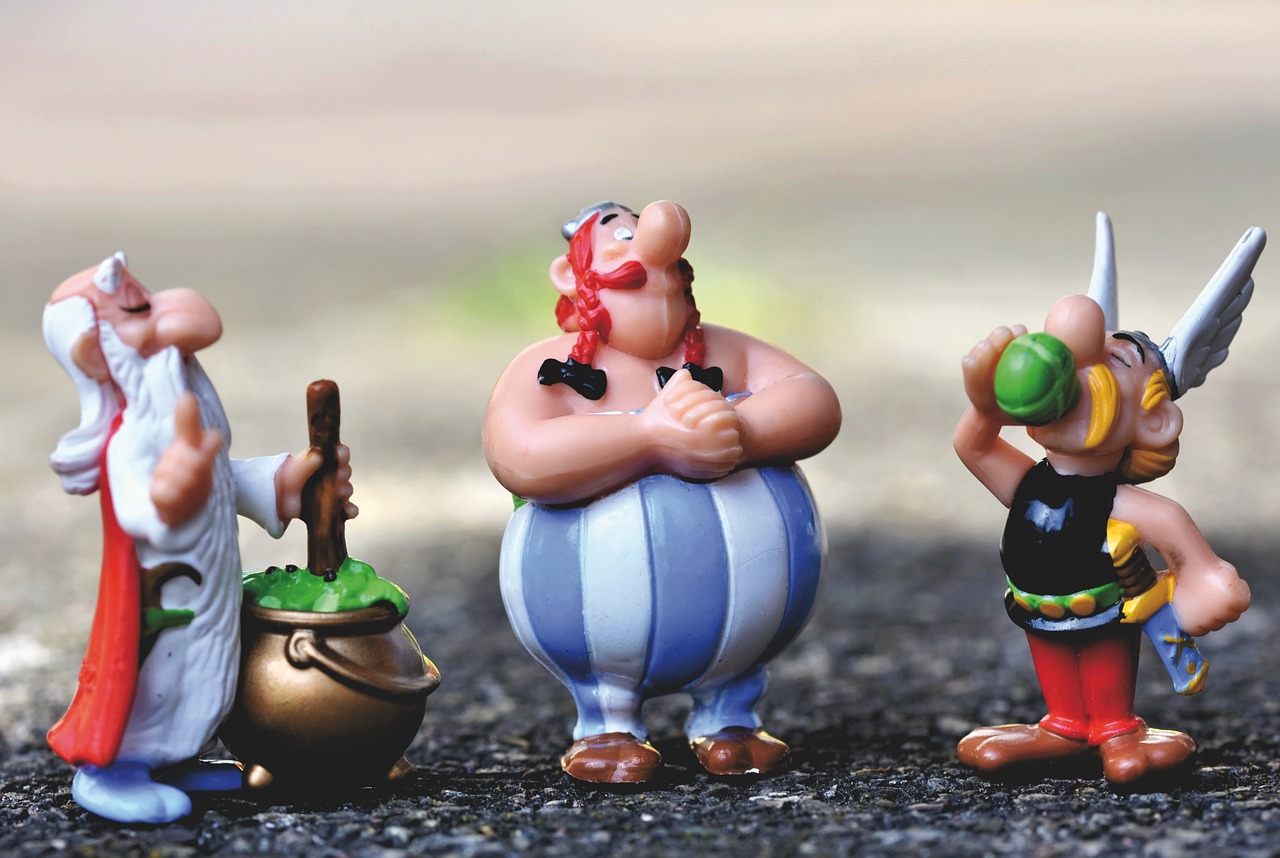So, you’re a comic creator looking to craft unforgettable characters that your readers will love and remember for years to come? Well, you’re in the right place! Developing a memorable comic character takes more than just a cool costume or flashy powers. It requires a deep understanding of their personality, motivation, and quirks that make them stand out from the rest.
In this article, we’ll explore some tried-and-true strategies for creating beloved comic characters that will capture the hearts of your readers. From crafting a unique backstory to developing consistent characterization, we’ll cover everything you need to know to make your characters unforgettable.
So, grab your sketchbook and get ready to dive into the world of comic character creation!
Crafting a Unique Personality and Backstory
You’ve got to give your character a unique personality and backstory if you want them to truly stand out and be loved by readers. One way to do this is by exploring contradictions. For example, your character might be tough on the outside but have a soft spot for animals. Or they might be a brilliant scientist but struggle with social anxiety. By giving your character contrasting traits, you make them more complex and interesting to follow.
Embracing flaws is another important aspect of crafting a memorable character. Nobody’s perfect, and your readers will relate more to a character who has flaws and makes mistakes. It could be something as simple as being forgetful or having a short temper, or it could be a deeper flaw that affects their relationships or decisions.
By showing your character’s flaws, you make them more human and relatable. Readers will root for them and want to see them overcome their weaknesses.
Creating a Compelling Motivation for the Character
It’s essential to craft a motive that tugs at the heartstrings of your audience to make them invested in the character’s journey. A compelling motivation can be the driving force that propels the character forward and keeps the audience engaged.
When creating a memorable comic character, exploring internal conflicts can help to develop a motive that feels authentic and relatable to readers. External obstacles can also play a significant role in shaping a character’s motivation.
These obstacles can range from physical challenges to emotional roadblocks that the character must overcome to achieve their goals. By incorporating these obstacles into the character’s journey, you can create a more dynamic narrative that keeps readers invested in the character’s story.
Ultimately, a well-crafted motive that explores both internal and external conflicts can help to create a beloved comic character that resonates with readers long after the story has ended.
Developing a Distinctive Set of Quirks and Traits
To really hook readers, a character needs a unique set of quirks and traits that make them stand out from the rest of the cast. By exploring nuances in their personality, you can create a character that’s both memorable and beloved by readers.
For example, maybe your character has a habit of always carrying around a specific item, like a lucky charm or a favorite pen. Or perhaps they have a distinct way of speaking or a catchphrase that sets them apart from the other characters.
Another way to add depth to your character is by incorporating cultural references. This can be anything from a favorite food or music genre to a specific holiday or tradition. Not only does this make your character more relatable to readers, but it also adds an extra layer of complexity to their personality.
Remember, the goal is to create a character that readers will care about and remember long after they finish reading your comic. By developing a distinctive set of quirks and traits, you can make your character stand out and leave a lasting impression.
Ensuring Consistency in Characterization
As a reader, you’ll feel a deeper connection to a character when their personality and behavior remain consistent throughout the story. This consistency ensures that the character is recognizable and believable, which is essential for developing a memorable and beloved comic character.
However, this doesn’t mean that the character can’t have growth or change over the course of the story. It’s important to balance the character’s flaws and strengths, so they continue to feel real and relatable.
One way to ensure consistency in characterization is to create a character bible or guide. This document outlines the character’s personality, behavior, backstory, and other essential details. It serves as a reference point for the writer and ensures that the character remains consistent throughout the story.
Another important aspect is to listen to feedback from readers and editors. They can provide valuable insight into whether or not the character’s actions and behavior feel consistent with their established traits.
By focusing on consistency and balancing flaws and strengths, you can create a character that readers will connect with and remember long after the story is over.
Engaging with Fans and Incorporating Feedback

Engage with your fans and listen to their feedback, so you can create a deeper connection between your readers and the characters in your story. Involving your fans in the creative process can help you develop more memorable and beloved comic characters.
Social media platforms like Twitter and Instagram are great for interacting with fans and getting their input on your work. Posting sketches and concept art on social media can give fans a behind-the-scenes look at your creative process and allow them to provide feedback on character designs and storylines.
You can also ask your followers for suggestions on future plot developments or character arcs. By incorporating fan ideas into your work, you show your appreciation for their support and create a sense of community around your comic.
This engagement can lead to a more loyal fanbase and ultimately make your work more successful.
Frequently Asked Questions
How do you balance a character’s flaws and strengths to make them relatable and likable?
To make a character relatable and likable, explore their vulnerabilities and strive for authenticity. Balancing flaws and strengths allows for realistic, dynamic characters that readers can connect with on a deeper level.
What is the process for deciding on a character’s physical appearance and costume design?
When deciding on a character’s physical appearance and costume design, you should consider their personality and backstory development. It’s important to choose elements that enhance their character and make them stand out, while also being functional for their role in the story.
How do you incorporate cultural or societal issues into a character’s storyline without being too heavy-handed or preachy?
When incorporating cultural or societal issues into a character’s storyline, it’s important to approach it with cultural sensitivity and use subtle storytelling techniques. Avoid being heavy-handed or preachy to ensure the message comes across effectively.
How do you avoid falling into stereotypical tropes when creating diverse characters?
To avoid tokenism and celebrate individuality, focus on creating well-rounded characters with unique personalities and experiences. Avoid relying on stereotypes and do research to accurately represent diverse communities.
How do you handle negative feedback from fans while still staying true to the character’s essence and storyline?
Dealing with criticism is tough, but maintaining authenticity is key. Listen to feedback, but don’t compromise your character’s essence or storyline. Stay true to your vision and trust in the fans who love your work.
Conclusion
Congratulations! You’ve successfully learned some strategies for developing memorable and beloved comic characters.
By crafting a unique personality and backstory, you can create a character that readers will relate to and care about. Additionally, by providing a compelling motivation for your character, you can make them more three-dimensional and interesting.
Developing a distinctive set of quirks and traits can also help make your character stand out. Whether it’s a catchphrase, a certain way of speaking, or a unique physical trait, these details can help make your character more memorable. Just remember to ensure consistency in characterization, as readers will notice if your character’s behavior or personality suddenly changes.
Finally, engaging with fans and incorporating feedback can help you create a character that readers will truly love. By listening to what your audience enjoys and incorporating their suggestions, you can create a character that feels like a collaborative effort between you and your readers.
With these strategies in mind, you’re well on your way to creating unforgettable comic characters that will stand the test of time.










